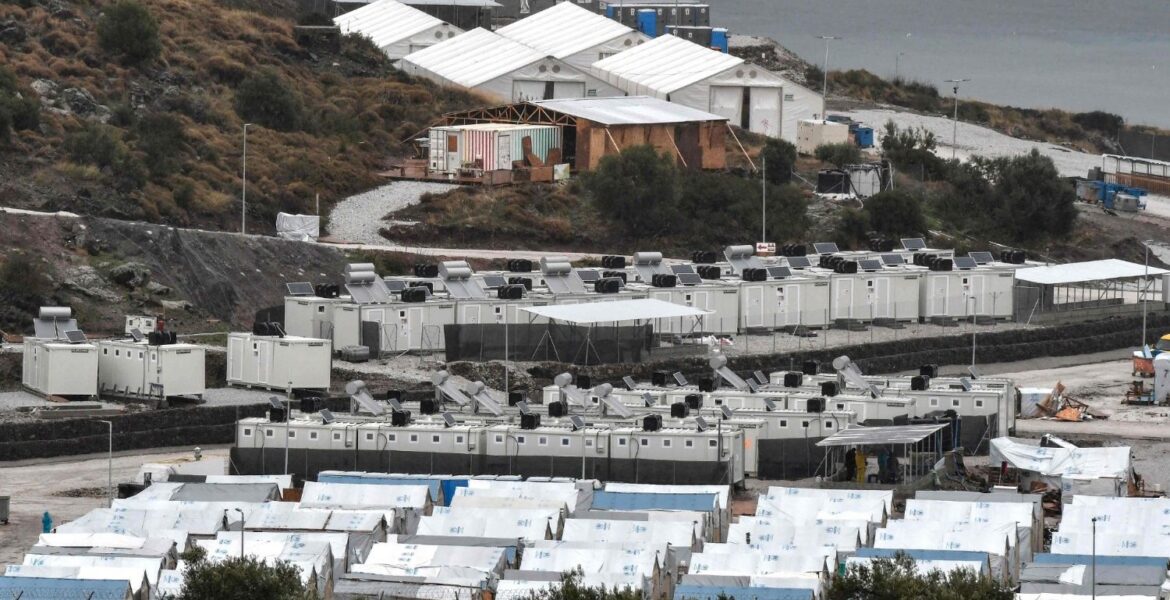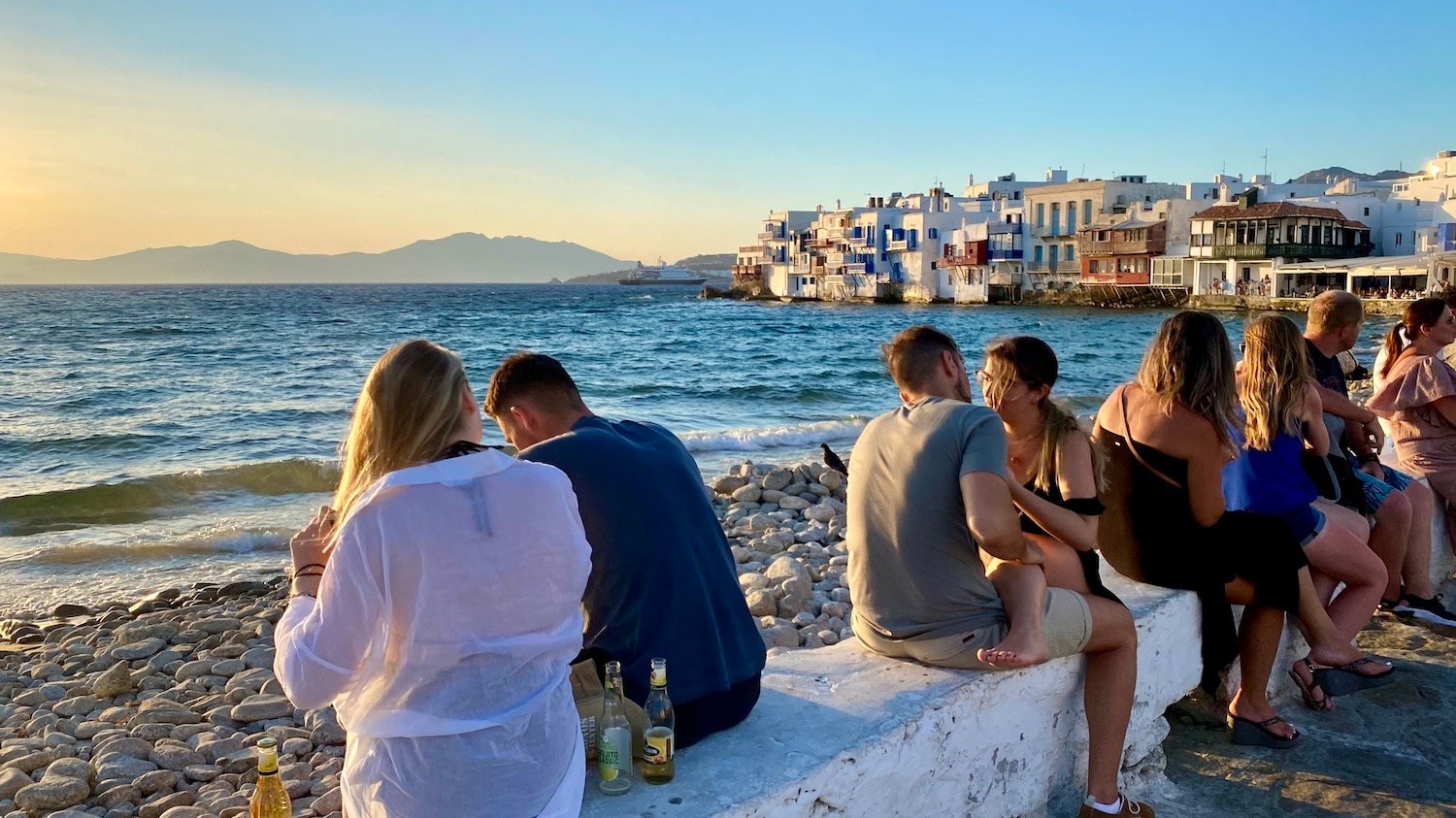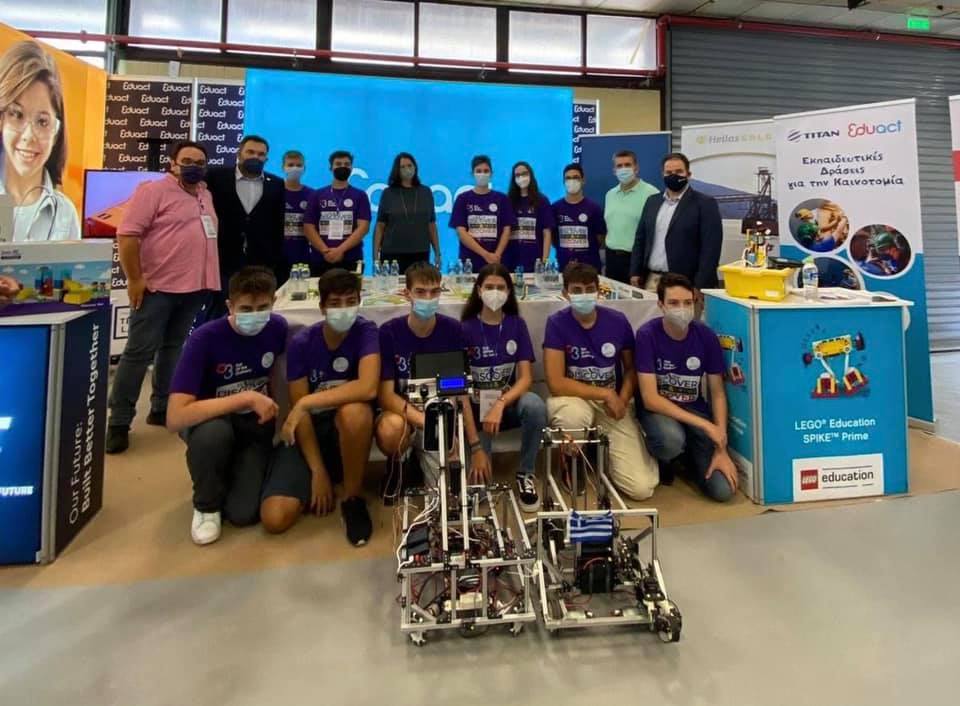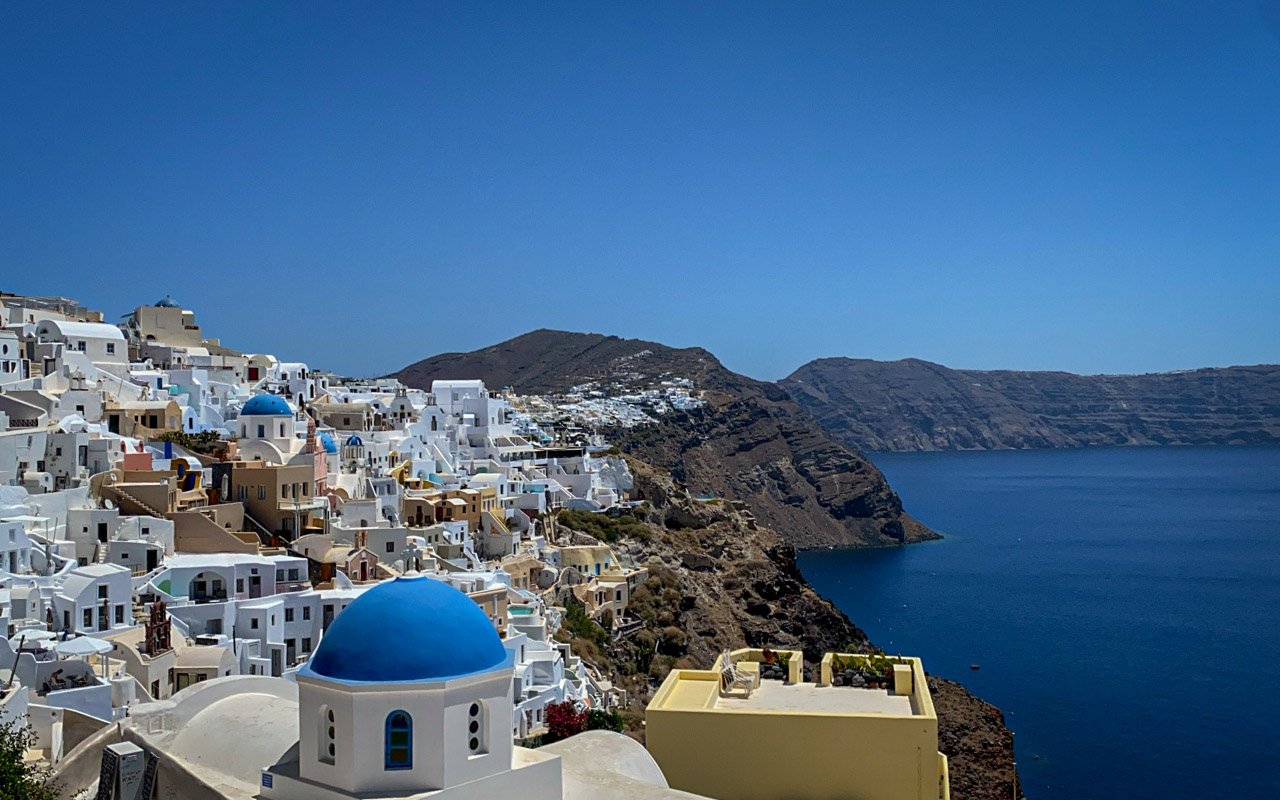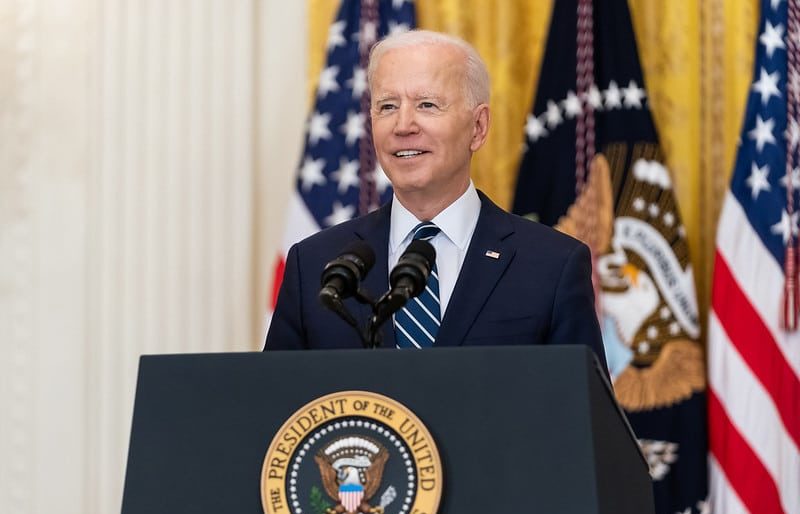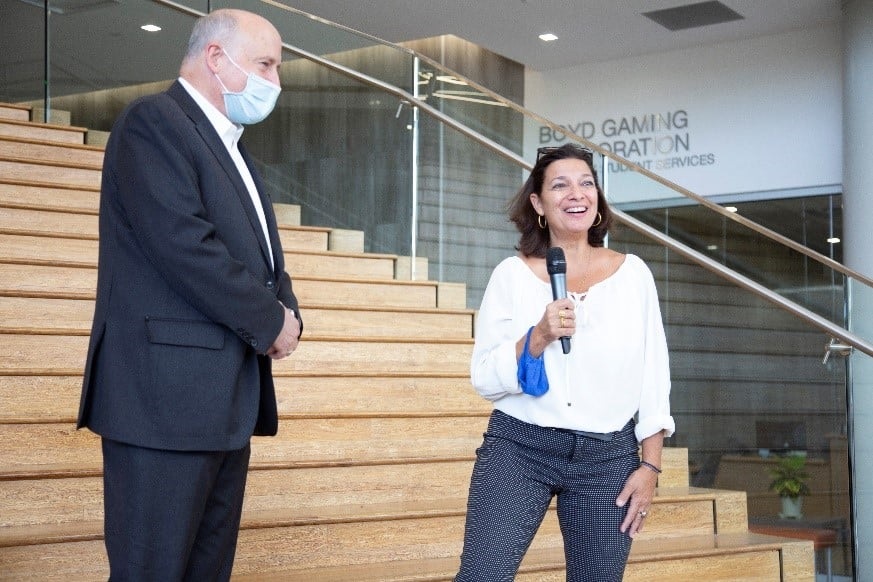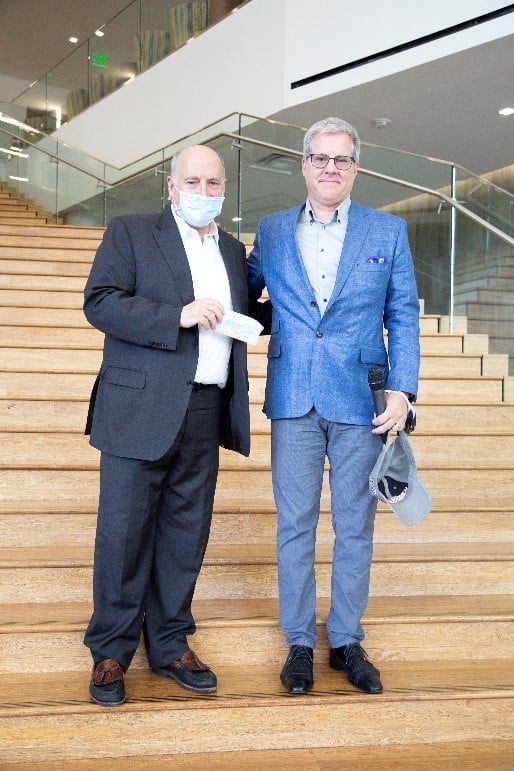Ancient frescoes like that of the Greek monkeys on Santorini suggest Europe and south Asia had trade links as long as 3,600 years ago.
By Tracie McKinney & Marie Nicole Pareja Cummings
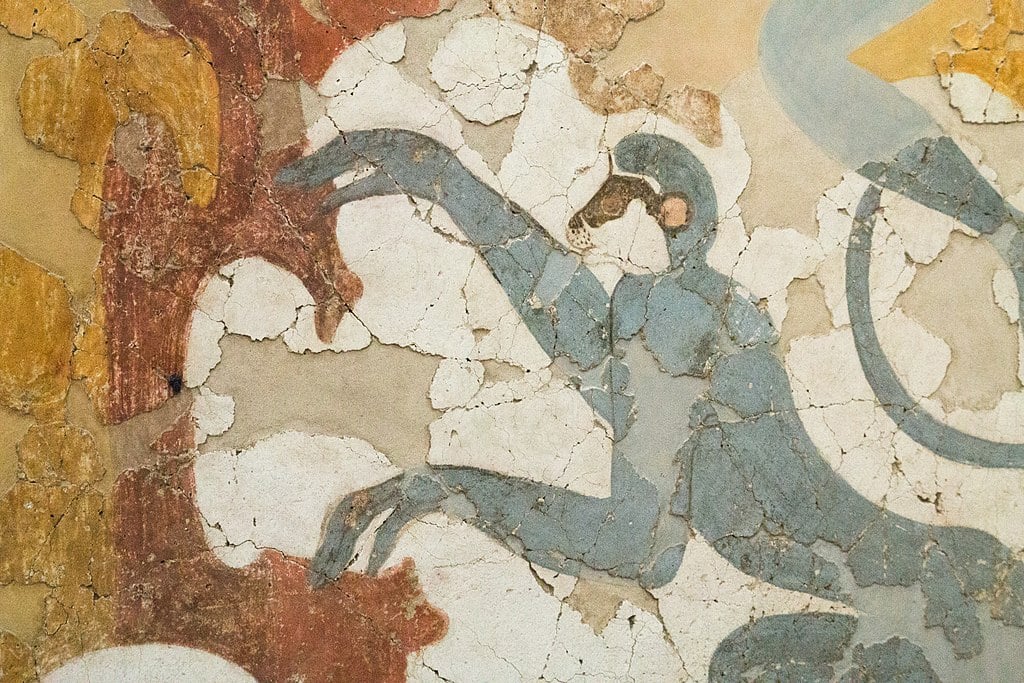
The blue monkeys painted on the walls of Akrotiri on the Greek island of Santorini are among many animals found in the frescoes of this 3,600-year-old city. Historians have studied the murals for decades since they were unearthed in the 1960s and 1970s on the island, which was once known as Thera. But when we and a team of other primatologists recently examined the paintings, we realized the monkeys could provide a clue that the Bronze Age world was much more globalized than previously thought.
Archaeologists had assumed the monkeys were an African species, with which the Aegean people who built Akrotiri probably came into contact via trade links with Egypt. But we think the paintings actually depict Hanuman langurs, a species from the Indian subcontinent. This suggests the Aegean people, who came from Crete and the Cycladic islands in the Aegean Sea, may have had trade routes that reached over 2,500 miles.
The wall paintings of Akrotiri were preserved by ash from a volcano that destroyed the city some time in the 16th or 15th century BC and offer an incredible glimpse of an early civilization in Europe. We haven’t been able to translate the earliest Aegean writing, but the paintings suggest just how developed these people’s society, economy and culture were.
Much animal art from this period is generalized, meaning it’s hard to confidently identify individual species. In the case of the monkeys, we also don’t have any physical remains from Aegean settlements to provide additional evidence of which species are depicted.
The reason why archaeologists and art historians have assumed they came from Egypt is because that was the nearest location with an indigenous monkey population that had known trade links with the Aegean. As a result, the Akrotiri monkeys have been variously identified as baboons, vervets and grivet monkeys, all African species that live across a wide area.
Marie Pareja decided to take a different approach, gathering a team of primatologists who study apes, monkeys, and lemurs, including renowned taxonomic illustrator Stephen Nash. Together, we examined photos of the art and discussed the animals depicted, considering not only fur colour and pattern but also body size, limb proportions, sitting and standing postures, and tail position. While we all agreed that some of the animals depicted were baboons, as previously thought, we began to debate the identification of the animals from one particular scene.
Identifying the langurs of the Greeks’ monkeys
The monkeys in the paintings are grey-blue. But although some living monkeys have small patches of blue skin – the blue on a mandrill’s face, for example – none have blue fur. There is an African forest monkey called the blue monkey, but it is mainly olive or dark grey, and the face patterns don’t match those in the paintings. So we needed to use other characteristics to identify them.
They were previously believed to be vervets or grivets, small monkeys weighing between 3kg and 8kg (roughly the size of a housecat) that are found in the savannas of north and east Africa. Despite their silvery white fur, they also have dark-coloured hands and feet and an overall look that matches the depictions in the paintings.
However, Hanuman langurs, which weigh a more substantial 11 kg to 18 kg, have a similar look. They also move quite differently, and this was crucial to the identification.
Both primates primarily live on the ground (as opposed to in trees) and have long limbs and tails. But the langurs tend to carry their tail upward, as an S- or C-shape or curving towards the head, while vervets carry their tail in a straight line or arcing downward. This tail position, repeated across multiple images, was a key factor in identifying the monkeys as Hanuman langurs.
International links
We know from archaeological evidence that Aegean peoples had access to minerals such as tin, lapis lazuli and carnelian that came from beyond the Zagros mountains on the western border of modern Iran. But the artistic detail of the Akrotiri paintings, compared to other monkey art of the period, suggests that the artists had seen live animals, perhaps while traveling abroad.
It’s understandable that earlier scholars thought the monkeys were African, since relations between the Aegean and Egypt were already well known and supported by archaeological evidence. If you expect to find an African monkey, you will only look at African animals for possible explanations. But as primatologists, we were able to bring a fresh look at the evidence without preconceived notions of ancient peoples or trade routes, and consider species living further afield.
This study is an excellent example of the importance of academics from different disciplines working together. Without the expertise of primatologists, it may not have been possibly to confidently identify these animals. Conversely, primatologists may not have considered these ancient human-primate interactions without a prompt from archaeologists.
Tracie McKinney is a Senior Lecturer in Human Biology, University of South Wales.
Marie Nicole Pareja Cummings is a Consulting Scholar, Museum of Archaeology and Anthropology, University of Pennsylvania.

:quality(70)/cloudfront-us-east-1.images.arcpublishing.com/mco/OFMW6ECP35CHZBWQEVZTJOLRUA.jpg)
